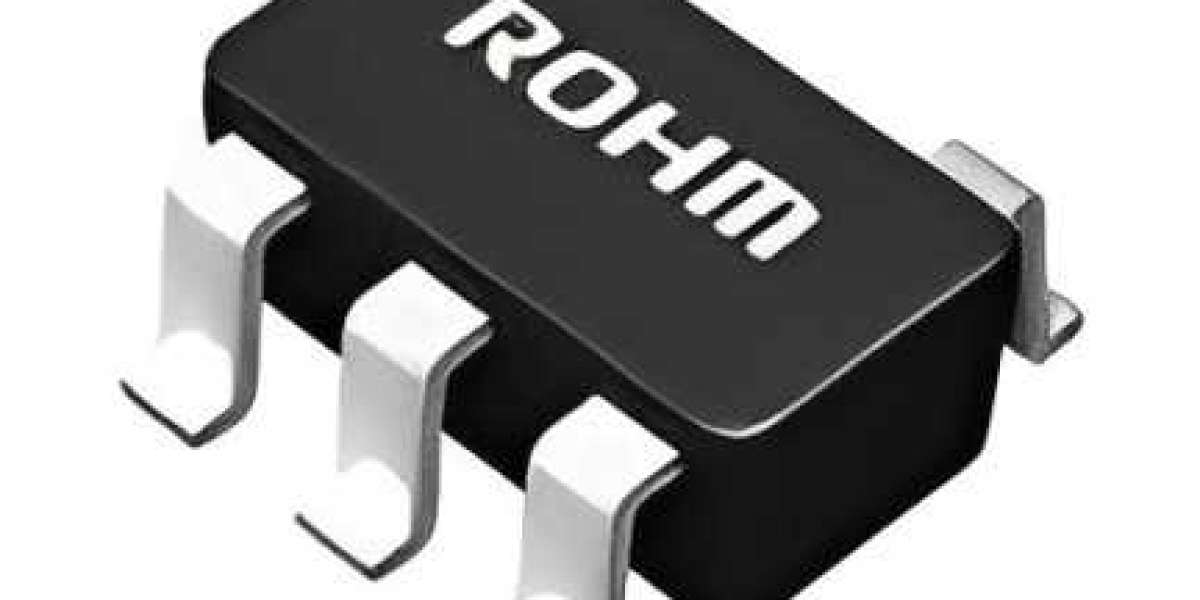Introduction
In today’s fast-paced industrial and technological landscape, electrical systems are more intricate and powerful than ever before. The efficiency and safety of these systems depend on numerous components, one of the most critical being the current limit switch. These switches are not just about controlling power flow; they are vital in protecting devices from overcurrent scenarios, ensuring system longevity, and preventing catastrophic failures.
This article delves deep into the world of current limit switches, exploring their functionality, applications, types, and why they are indispensable in modern electrical setups.
What Are Current Limit Switches?
Current limit switches, often referred to as overcurrent protectors, are electronic components designed to monitor and control the flow of electrical current within a circuit. They ensure that the current does not exceed a predefined safe level, which could potentially damage sensitive electronic components or create safety hazards.
By continuously monitoring the current, these switches can activate when an overcurrent event occurs, either shutting down the circuit or reducing the current to a manageable level. This protective function is crucial in industries ranging from automotive to telecommunications, and even in consumer electronics.
How Do Current Limit Switches Work?
The operation of current limit switches relies on the principles of electronic sensing and control. Here’s a step-by-step overview of their functionality:
- Current Sensing: The switch monitors the current passing through the circuit using sensors, such as shunt resistors or Hall effect sensors.
- Threshold Comparison: The sensed current is compared against a pre-set threshold. If the current exceeds this limit, the switch triggers an action.
- Circuit Protection: Upon detection of overcurrent, the switch may either:
- Completely cut off the circuit (latching behavior).
- Limit the current to a safer level by dynamically adjusting the flow.
Some advanced current limit switches integrate feedback loops for real-time adjustments, offering precision and adaptability in dynamic systems.
Types of Current Limit Switches
Current limit switches come in various forms, each designed to cater to specific applications and system requirements. The primary types include:
1. Fixed Current Limit Switches
These are pre-programmed to operate at a specific current threshold. They are ideal for applications where the operating conditions are constant and predictable.
2. Adjustable Current Limit Switches
As the name suggests, these switches allow users to set the current threshold based on their specific needs. They are versatile and commonly used in scenarios with varying operational demands.
3. Thermal Limit Switches
These switches use temperature as an indicator of overcurrent. They are often used in environments where excessive heat correlates with overcurrent conditions, such as motor drives.
4. Electronic Limit Switches
Highly precise and fast, electronic limit switches utilize advanced microcontrollers and semiconductors for overcurrent protection. They are widely used in modern electronic devices and automated systems.
Key Features and Benefits of Current Limit Switches
1. Enhanced System Protection
By preventing overcurrent, these switches safeguard delicate electronic components, extending the lifespan of devices and reducing maintenance costs.
2. Improved Safety
Current limit switches minimize risks associated with electrical fires and equipment damage, ensuring a safer environment for operators and users.
3. Versatility
Available in various configurations, these switches can be tailored to meet the needs of diverse industries, from heavy machinery to consumer gadgets.
4. Energy Efficiency
Incorporating current limit switches into a system can improve energy efficiency by optimizing power consumption and minimizing unnecessary energy loss.
5. Compact Design
Modern current limit switches are compact and lightweight, making them easy to integrate into space-constrained devices without compromising functionality.
Applications of Current Limit Switches
1. Industrial Automation
Current limit switches are integral to automated machinery, ensuring motors and other high-power devices operate within safe current levels to prevent costly downtime.
2. Consumer Electronics
In smartphones, laptops, and other devices, these switches protect sensitive circuits from damage caused by power surges or charging issues.
3. Automotive Systems
Vehicles rely on current limit switches to protect critical systems such as electronic control units (ECUs) and battery management systems.
4. Telecommunications
Telecom equipment, often subjected to fluctuating power conditions, uses current limit switches for stable and reliable operation.
5. Renewable Energy Systems
In solar inverters and wind turbine controllers, current limit switches help manage variable power inputs, ensuring stable energy delivery.
Factors to Consider When Choosing a Current Limit Switch
When selecting a current limit switch, it’s crucial to consider the specific requirements of your application. Key factors include:
1. Current Rating
Ensure the switch can handle the maximum current of your application without failure.
2. Response Time
For applications involving rapid changes in current, a switch with a fast response time is essential.
3. Adjustability
Opt for adjustable switches if your system operates under varying conditions.
4. Form Factor
Compact designs are preferable for space-limited installations.
5. Environmental Tolerance
Consider switches designed to withstand the environmental conditions of your application, such as high temperatures or humidity.
Innovations in Current Limit Switch Technology
The field of current limit switches has seen remarkable advancements, thanks to the integration of cutting-edge technologies. Notable innovations include:
- Smart Switches: Equipped with IoT connectivity, smart current limit switches allow remote monitoring and control via mobile or web applications.
- Self-Healing Circuits: Some advanced switches can reset themselves after tripping, ensuring continuous operation without manual intervention.
- Energy Harvesting: Modern designs incorporate energy harvesting features, enabling switches to power themselves using the current they monitor.
Challenges and Limitations
While current limit switches are indispensable, they come with certain challenges:
- Cost: High-quality switches with advanced features can be expensive.
- Complexity: Some systems require intricate wiring and configuration, which can be daunting for non-experts.
- Compatibility: Ensuring compatibility with existing systems can sometimes pose a challenge, particularly in legacy setups.
The Future of Current Limit Switches
The demand for current limit switches is poised to grow as industries continue to embrace automation, renewable energy, and advanced electronics. Emerging trends such as AI-driven monitoring, predictive maintenance, and enhanced miniaturization promise to redefine the capabilities of these switches.
As power systems become more sophisticated, current limit switches will evolve to meet the demands of smarter, safer, and more efficient electrical networks.
Conclusion
Current limit switches are unsung heroes in the realm of electrical protection. From preventing equipment damage to ensuring user safety, their role is critical in nearly every modern application. As technology progresses, these switches are becoming more advanced, reliable, and accessible, cementing their position as a cornerstone of electrical systems.
Whether you’re an engineer, a system designer, or an enthusiast, understanding and utilizing current limit switches effectively can significantly enhance the performance and safety of your projects. Invest in the right switches today to future-proof your systems and achieve unparalleled operational excellence.


